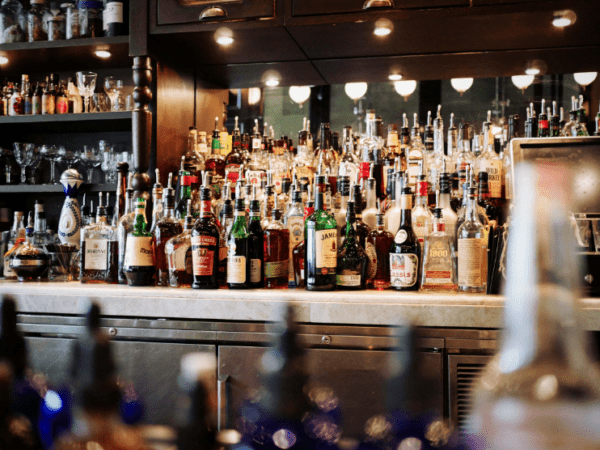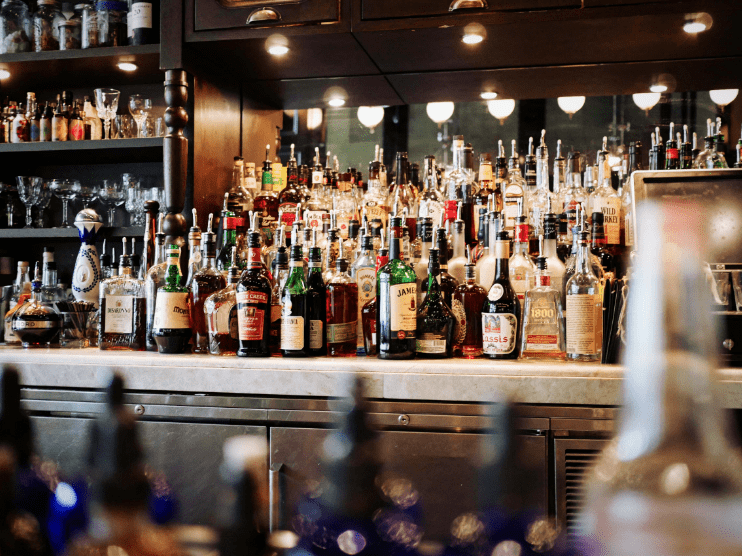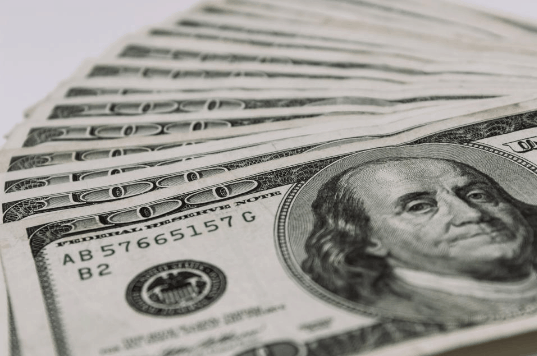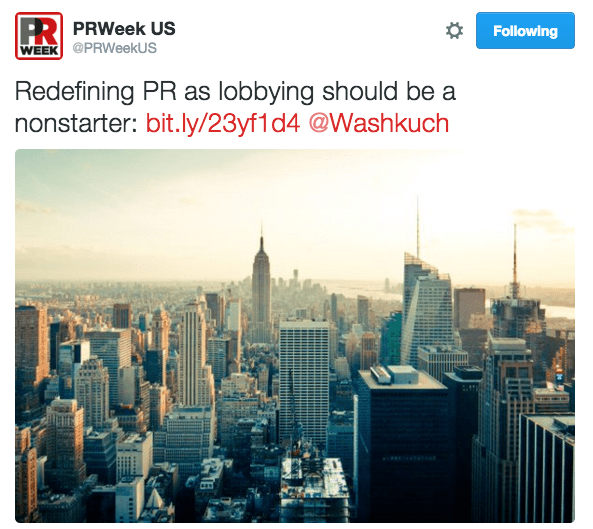
It’s not easy launching an alcohol brand. We’ve experienced the rigors of alcohol brand marketing and PR ourselves with our previous alcohol clients like Pinky Vodka. In addition to the need for serious marketing and sales costs, alcohol brands have hurdles to jump through for marketing that others don’t. In the U.S., alcohol brands’ customer base has a hard minimum age of 21 and they have to warn about the dangers of overindulgence of their product. There’s also more and more competition each day, as small and craft products emerge and become local favorites, and behemoth conglomerate brands leverage big budgets to overwhelm startups.
Where some companies might see walls, these brands saw opportunity. Here’s a look at some of the more interesting alcohol brands today and how they offer cool refreshment through marketing.
Budweiser
Though Budweiser is owned by Belgian conglomerate Anheuser-Busch InBev, the flagship beer brand knows how to best use the stars & stripes. In time for the presidential election, Budweiser scrapped its own branding on cans and bottles in favor of America.
#America #ThisBudsForYou pic.twitter.com/5ZLncqITKD
— Budweiser (@budweiserusa) July 5, 2016
Cheesy? Sure, but this is a savvy move for Budweiser. Who wouldn’t want to take a big, cold swig of America? This bold decision is the latest in a bigger marketing campaign that thumbs its nose at the rise of trendy microbreweries. Budweiser is a brand that knows what it is and who drinks it – people who don’t want something small-batch or artisanal, but truly heartland American.
Bud Light has also gotten into the discussion this election season. They’ve formed the satirical Bud Light Party, chaired by comedians Amy Schumer and Seth Rogen. Much like the Democrats and Republicans, the Bud Light Party is going on the road to meet with constituents.
Excited to be playing at #BudLightParty Convention in Atlanta on 8/19/16! @Budlight pic.twitter.com/Vd68xzJ5Fn
— Cam (@camcountry) July 16, 2016
Takeaway: Know your customers. Budweiser knows that the people who drink their beer didn’t mistake it for your local pumpkin spice craft summer IPA. They also tapped into the sentiment of unease with a two-party political system by creating a fictional third party. It’s a smart way to latch on to what’s shaping out to be a historic election for our nation.
Stone Brewing Co.
This San Diego-based craft brewery excels at social marketing without a Budweiser budget.
At the onset, Stone took pride in having a non-existent marketing budget. Their fans are more than happy to spread the word without much prompting. While Stone has a marketing team, most of the influence comes from those who drink the product.
Stone, which has produced popular brews such as Arrogant Bastard, created a social marketing hit with their Enjoy By IPA. The beer’s label is adorned with a date, telling the customer when the beer should be consumed for maximum freshness.
This created immediacy (instead of letting a couple of bottles languish in the back of the fridge, customers know they need to drink the beer soon) and gave consumers a cool subject for Instagram posts.
http://www.instagram.com/p/BHydI6QAYm7/
The posts seem to perk up around the time of landmark dates, such as April 20 or July 4.
Takeaway: You don’t need a social media guru or a huge advertising budget to grow your company. With smart labeling and clever marketing, Stone Brewing Co. has become one of the biggest craft breweries, thanks to plenty of word-of-mouth.
Pappy Van Winkle
Haven’t heard of this brand? You’re not alone. This bourbon made by the Old Rip Van Winkle Distillery doesn’t have a verified presence on Facebook or Twitter.
It is the anti-Fireball. Instead of trying to be everything to everyone, with a full-on marketing blitz, Pappy Van Winkle knows that its customers are hardcore whiskey fans. That’s good enough for them.
More importantly, they’re whiskey fans who will tell their friends. Pappy’s been described as a cult liquor. It’s probably not available at your local watering hole, but the scarcity of the product has only led to overwhelming demand.
Pappy Van Winkle. Now we're talking. I'll take it. #SiliconValley pic.twitter.com/Sm0aaIpG5b
— SiliconValleyism (@SiliconVallism) July 15, 2016
Since it’s such a small batch bourbon, it’s very hard to find. Bottles sometimes hit the secondary market, commanding thousands of dollars. People are even forging bottles of Pappy Van Winkle.
Pappy’s appeals to lovers of quality bourbon, and the lack of availability only helps it grow more popular. They know they’re not in the same market as mass-produced brands such as Jim Beam.
Takeaway: Be authentic. As the Ron Swanson chair of the liquor market, Pappy Van Winkle excels at being a premium and exclusive brand. They don’t try to compete with the Jack Daniel’s and Fireballs of the world, since they know they have a different customer base. Less is more.
As many alcohol customers look for price point or quality, these brands have found a way to stand out among the crowd. Even if you don’t have the instant name recognition of Budweiser or cult following of Pappy Van Winkle, you can use creativity to get fans on board and sharing with friends.
Need help with your alcohol brand’s PR? We love to drink and we do it well! Contact us today.


